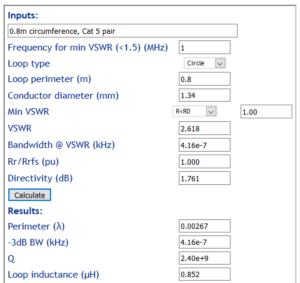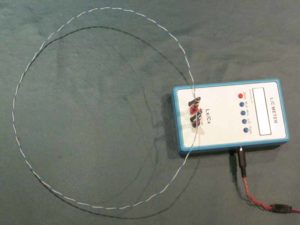This is a review of the BG7TBL noise source available on eBay for about $20 incl post. I have seen this recommended in various online forums and thought it worthy of review.
A quick mention of Excess Noise Ratio (ENR), it is a commonly used measure of the characteristic of noise sources. A noise source for testing low noise RF amplifiers needs to be less than 10dB, 5dB is common; for other receiver testing around 15dB is common, and for massive output for filter alignment etc the noise needs to be well above a spectrum analyser noise floor so an ENR of 50dB might be appropriate (but such high noise output makes it useless for LNA noise figure measurement),
 Above is the device. The layout is pretty simple, it is a Zener noise source at the left followed by three MMIC amplifier stages. The circuitry at mid left is a DC-DC converter to supply 25V to the Zener.
Above is the device. The layout is pretty simple, it is a Zener noise source at the left followed by three MMIC amplifier stages. The circuitry at mid left is a DC-DC converter to supply 25V to the Zener.
There are a host of aspects so far that are concerning:
- there is no need to operate the Zener at such high voltage;
- lack of regulation of MMIC power supply;
- the noise output of the Zener source should be quite high; and
- three stages of MMIC will give rise to huge output, notwithstanding the on-board attenuators at Zener output and final MMIC output.











